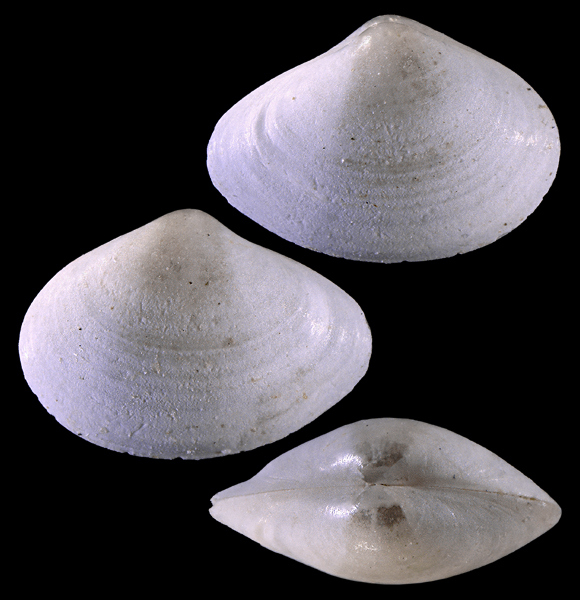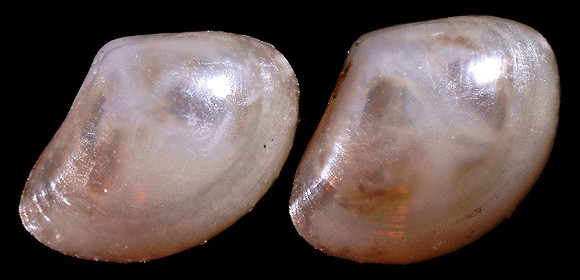
N. Norway to W. Africa, Mediterranean. Possibly also in eastern Korea, Japan Sea (Jin-Woo Choi: “Benthic Animals”, Kyung-Il Chang & al.: Oceanography of the East Sea, Springer 2016). « This is a common species of the outer continental shelf in depths from 80-550m, […] most commonly in depths of 100-300m, […] although in Scandinavia it is found as shallow as 25m » (MBSBI).
Original taxon: Nucula philippiana.
Synonyms: pygmaea, tenuis.
110m deep, off Motril, Granada, Andalucia, S. Spain. 3,8-4mm.
« Nucula philippiana. – The Nucula tenuis Philippi, being duplicative of the one previously registered under the same name by english authors, I rush into dedicating it, with a new name, to the author of the interesting work about shells from Sicily. […] shell ovate-triangular with an extremely thin, glossy and smooth test. Anterior side round and very convex; posterior side subrostrated and obtuse. One cannot perceive any trace of lunule or prodissoconch, which differentiates this species from its congeners. » – P. H. Nyst: Description des coquilles et des polypiers fossiles des terrains tertiaires de la Belgique, Brussels 1843, p. 224.
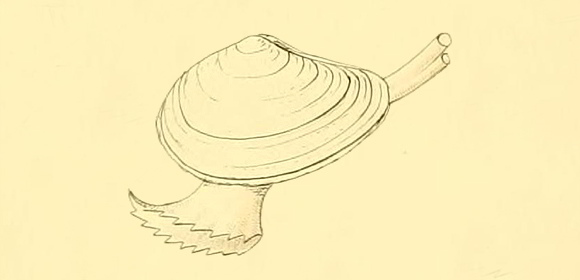
« The animal is of a pale fawn-white colour. The margins of the mantle are freely open in front, closed posteriorly to form a short tube consisting of the united siphons, of which the branchial appears shortest; the orifices of both are plain. The foot is hatchet-shaped and wide-grooved at its posterior edge, to form an expanded and crenated disk. » – Forbes & Hanley: op. cit. vol. II p.231.
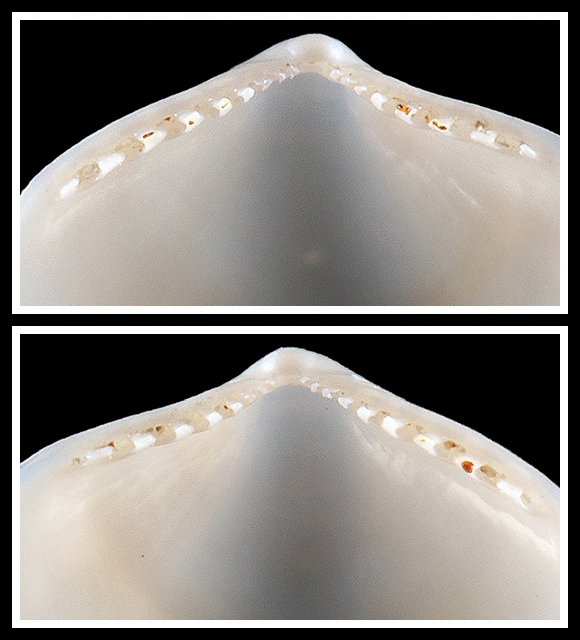
– (CC BY-NC-SA) –
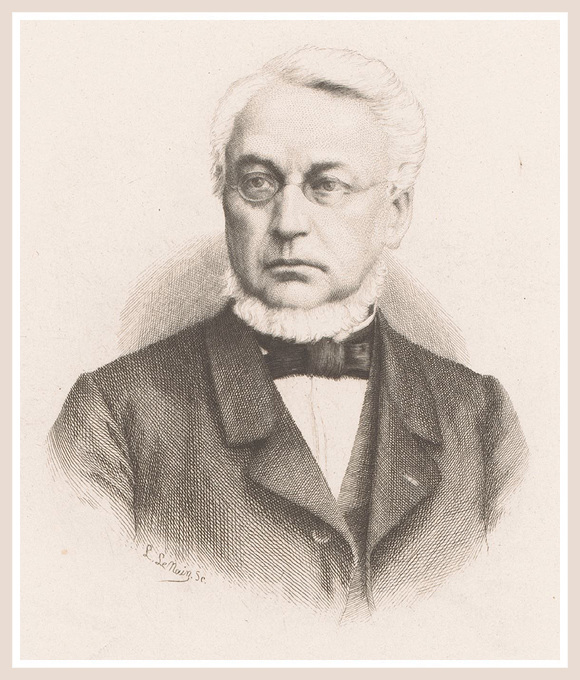
Rijksmuseum – (CC Ø).
